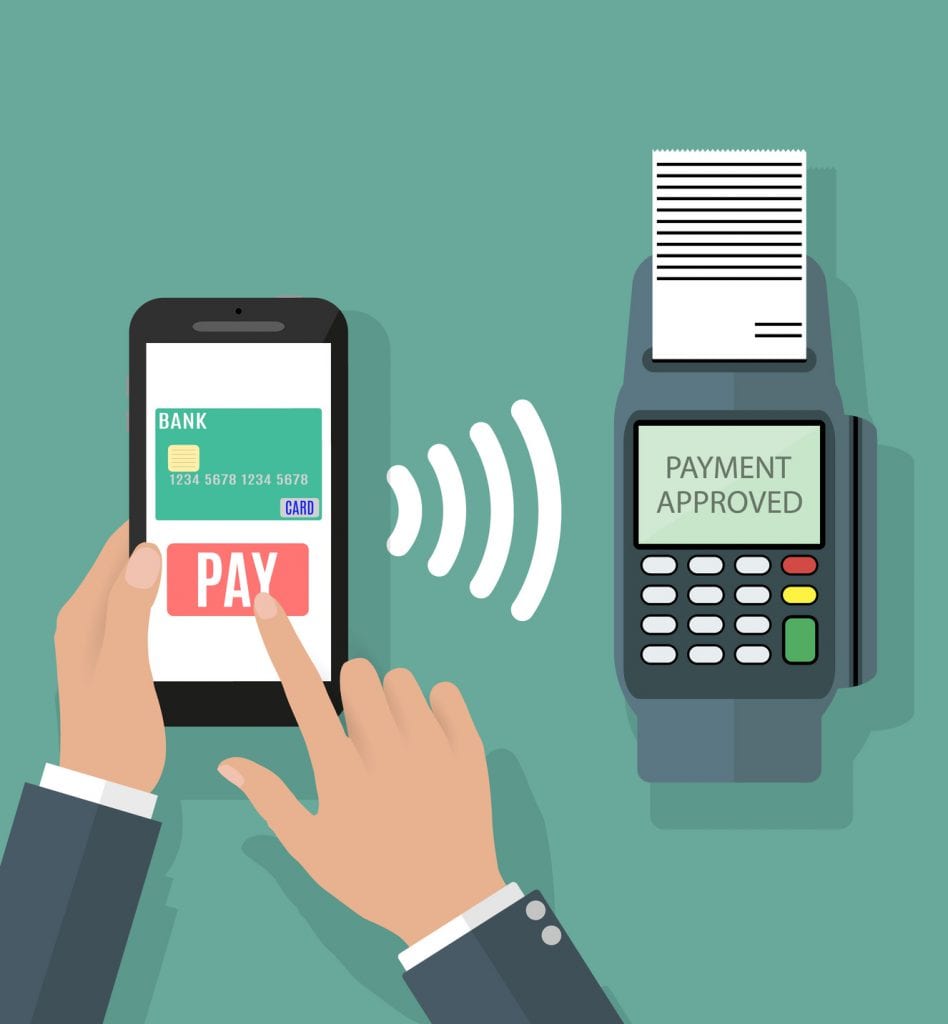Widespread smartphone use does not ensure digital wallet adoption. At least that’s the case in Australia as the following article reports on digital wallet usage now that the universal mobile pay apps are accepted by more card issuing banks.
In theory it’s a great idea: hold your smartphone over a merchant’s payment device and tap. No more fumbling in your bag for your purse or scrabbling about in your wallet for cash or a card. With about 16 million smartphones in Australia, according to Deloitte’s Mobile Consumer Survey 2016, it would seem just a matter of time until consumers take up digital wallets that transform a smartphone into a debit or credit card. The reality, however, has proven more difficult.
The early days of digital wallets in Australia were caught up in a fight between Apple and the banks. The landscape is clearer now the major banks and card companies have chosen technology providers. Consumers, too, are changing their habits and have become more comfortable paying with tap-and-go technology via their credit and debit cards. Is Australia finally ready to embrace digital wallets as payment by cash continues to decline?
Putting it simply, digital wallets are linked to your credit card or debit card. However, when you make a payment, that actual card information is hidden, so the process is more secure. The wallets can also hold details of shop loyalty cards. Digital wallets are very convenient for payment by smartphone when you’re out and about, but they also make online shopping easier, as you no longer have to type in long credit card numbers and other details.
When the Reserve Bank of Australia took stock of the payments system in its 2016 Consumers Payment Survey, it found about 45 per cent of in-person payments were made by credit or debit card (up from 37 per cent in 2013), but that in-person payments by mobile devices accounted for only 1 per cent of point-of-sale transactions. Shoppers may be ditching cash, but in August 2017 there were just over 50 Apple Pay issuers, 46 Android Pay issuers and 39 Samsung Pay issuers in Australia, says the Australian Payments Network (AusPayNet).
The digital wallets widely available in Australia are Apple Pay, Google’s Android Pay and Samsung Pay. The card issuers also have their own versions: Visa Checkout and Mastercard’s Masterpass.
Many believed smartphone users would quickly adopt digital payments, but that has not been the case. In various countries, consumers prefer to use a credit or debit card, and even contactless cards. The main reason is they do not see added value in using a smartphone for payment, unless there are benefits that come with it, such as loyalty points or marketing offers. Informal surveys also show that some merchant POS terminals are not set up properly for acceptance or that cashiers are befuddled as to how to enable the digital payment. Until card networks, issuing banks, smartphone makers, and merchants make a proactive push for digital payments, don’t expect anything to change anytime soon.
Overview by Raymond Pucci, Associate Director, Research Services at Mercator Advisory Group
Read the full story here
